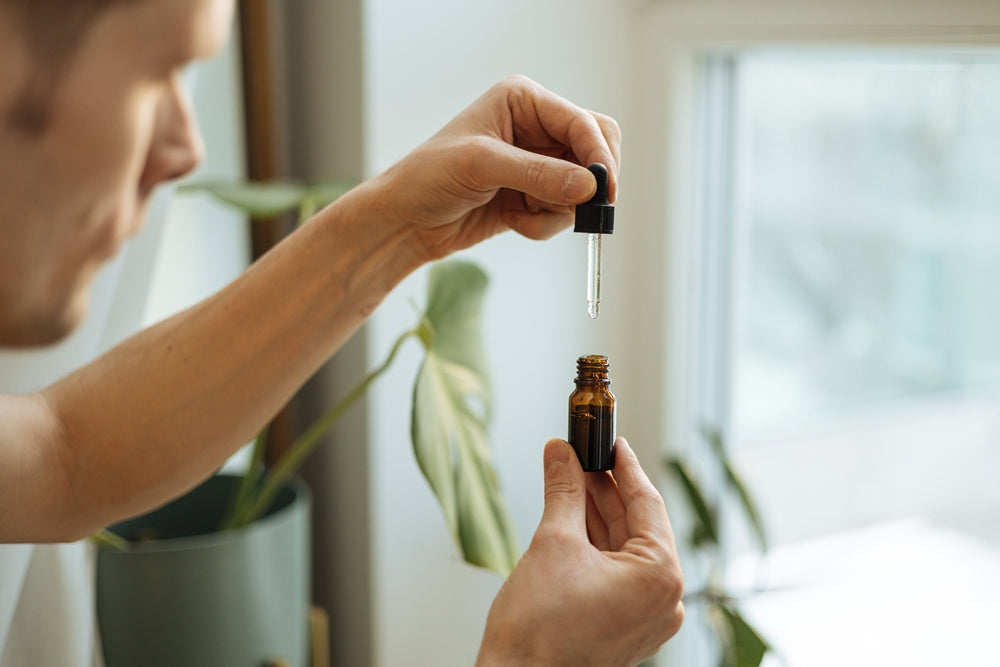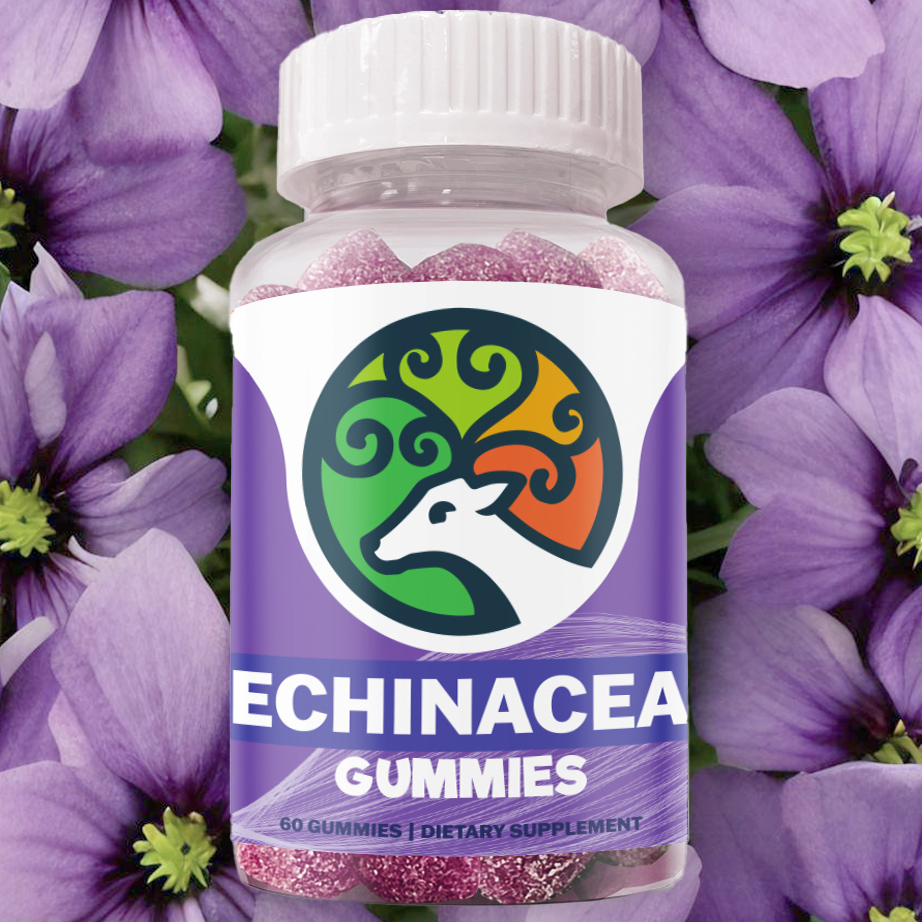Echinacea, a popular herbal supplement, has been used for centuries to treat a variety of ailments. In recent years, it has gained widespread attention for its potential benefits in supporting the immune system and alleviating symptoms of the common cold. However, like any supplement or medication, it is essential to understand the safe dosage limits of echinacea to ensure its effectiveness and avoid potential side effects. In this article, we will explore the safe dosage limits of echinacea, considering various factors such as age, health conditions, and forms of the supplement.
Echinacea: A Brief Overview
Echinacea is a group of flowering plants in the daisy family, with three primary species used for medicinal purposes: Echinacea purpurea, Echinacea angustifolia, and Echinacea pallida. These plants, commonly known as purple coneflowers, are native to North America and have been used by indigenous peoples for centuries to treat a variety of ailments, including respiratory infections, skin conditions, and inflammation.
Today, echinacea is available in various forms, including capsules, tablets, teas, and tinctures. Many people take echinacea supplements to support their immune system, especially during cold and flu season. However, despite its popularity, the effectiveness of echinacea for treating the common cold and other respiratory infections is still a topic of debate among researchers, with some studies showing positive results and others finding no significant benefits.
General Dosage Guidelines
When it comes to determining the appropriate echinacea dosage, several factors must be considered, including the form of the supplement, the specific species of echinacea used, and the individual's age and overall health. As with any supplement, it is essential to consult a healthcare provider before starting an echinacea regimen, especially if you have a pre-existing health condition, are pregnant or nursing, or are taking medications.
According to the University of Maryland Medical Center, the following general dosage guidelines can be used for echinacea:
- Echinacea purpurea extract: 300-500 mg, three times a day
- Echinacea angustifolia extract: 150-300 mg, three times a day
- Echinacea tea: 6-8 ounces, three times a day
However, these recommendations may vary depending on the specific product and individual needs, so it's essential to follow the manufacturer's instructions and consult a healthcare provider.
Dosage for Specific Age Groups
The safe dosage limits of echinacea may vary depending on age, with different recommendations for children, adults, and elderly patients. It's essential to consult a healthcare provider before administering echinacea to children or elderly individuals, as they may have different needs or be more susceptible to potential side effects.
Dosage for Children and Infants
When it comes to dosage for children and infants, the American Academy of Pediatrics advises against the use of echinacea in children under 12 months of age due to insufficient evidence supporting its safety and efficacy. For older children, it's essential to consult a pediatrician before administering echinacea, as the appropriate dosage may depend on the child's age, weight, and overall health.
Dosage for Elderly Patients
The dosage for elderly patients may also differ from the general recommendations. As individuals age, they may experience changes in their immune system, metabolism, and overall health, which could impact how they respond to echinacea. It's essential to consult a healthcare provider to determine the appropriate dosage for elderly patients, taking into account any pre-existing health conditions and medications they may be taking.
Echinacea Forms and Their Dosage
Echinacea supplements come in various forms, and the appropriate dosage may depend on the specific product. Here, we will discuss some of the most common forms of echinacea and their recommended dosages.
Echinacea Capsules vs. Tablets
Both echinacea capsules and tablets are popular forms of the supplement, with the primary difference being their composition. Capsules often contain powdered echinacea, while tablets are made by compressing the powder into a solid form. The dosage for capsules and tablets may vary depending on the specific product and the concentration of echinacea. It's essential to follow the manufacturer's instructions and consult a healthcare provider to determine the appropriate dosage for your needs.
Echinacea Tea and Tinctures

Echinacea tea and tinctures are liquid forms of the supplement, with teas made by steeping the plant material in hot water and tinctures created by extracting the active compounds using alcohol. The dosage for echinacea tea may vary depending on the specific product, but generally, it's recommended to drink 6-8 ounces of tea, three times a day. For tinctures, the dosage will depend on the concentration of the extract, and it's essential to follow the manufacturer's instructions and consult a healthcare provider.
Deerforia: Echinacea Gummies
Deerforia, an e-commerce store specializing in vitamin gummies, offers a convenient and delicious way to incorporate echinacea into your daily routine with their echinacea gummies. These gummies are formulated with high-quality echinacea extract, providing a convenient and enjoyable option for those looking to support their immune system. As with any echinacea product, it's essential to consult a healthcare provider before starting a regimen and follow the manufacturer's instructions for the appropriate dosage.
Precautions and Side Effects
While echinacea is generally considered safe when used as directed, some individuals may experience side effects, such as gastrointestinal upset, skin rash, or allergic reactions. Those with a history of allergies, particularly to plants in the daisy family, should exercise caution when using echinacea. Additionally, individuals with autoimmune disorders, such as lupus or multiple sclerosis, should consult a healthcare provider before using echinacea, as it may stimulate the immune system and potentially exacerbate these conditions.
Frequently Asked Questions (FAQ)
Can I take echinacea daily?
Echinacea is often taken daily to support the immune system, especially during cold and flu season. However, some experts recommend taking echinacea for short periods (e.g., 7-10 days) followed by a break to avoid potential side effects or a reduced immune response. It's essential to consult a healthcare provider before starting an echinacea regimen to determine the appropriate dosage and duration for your needs.
How long does it take for echinacea to start working?
The time it takes for echinacea to start working can vary depending on the individual and the specific health concern being addressed. Some people may notice an improvement in their cold symptoms within 24-48 hours of taking echinacea, while others may require a more extended period to see any effects. It's essential to follow the recommended dosage guidelines and consult a healthcare provider if you have concerns about the effectiveness of echinacea for your needs.
Is it safe to combine echinacea with other medications or supplements?
As with any supplement, it's essential to consult a healthcare provider before combining echinacea with other medications or supplements. Echinacea may interact with certain medications, such as immunosuppressants, or increase the risk of side effects when taken with other supplements, such as echinacea tea or tinctures. A healthcare provider can help determine if echinacea is appropriate for your needs and provide guidance on potential interactions with other medications or supplements.
Are there any specific health conditions that may make echinacea unsafe?
Individuals with autoimmune disorders, such as lupus or multiple sclerosis, should consult a healthcare provider before using echinacea, as it may stimulate the immune system and potentially exacerbate these conditions. Additionally, those with a history of allergies, particularly to plants in the daisy family, should exercise caution when using echinacea due to the potential risk of allergic reactions.
What is the difference between Echinacea purpurea and Echinacea angustifolia?
Echinacea purpurea and Echinacea angustifolia are two of the three primary species of echinacea used for medicinal purposes. While both species have similar health benefits, they may contain different concentrations of active compounds, leading to variations in their effectiveness and recommended dosages. Echinacea purpurea is generally considered more potent and is more commonly used in echinacea products, while Echinacea angustifolia is often used in combination with other species or in traditional herbal remedies. It's essential to consult a healthcare provider before starting an echinacea regimen to determine the appropriate species and dosage for your needs.
Conclusion
Echinacea is a popular herbal supplement with a long history of use for various ailments. Understanding the safe dosage limits of echinacea is essential to ensure its effectiveness and avoid potential side effects. While general dosage guidelines are available, it's crucial to consult a healthcare provider before starting an echinacea regimen, especially for children, elderly patients, and those with pre-existing health conditions. By following the appropriate dosage recommendations and precautions, echinacea can be a valuable addition to your healthcare routine.


